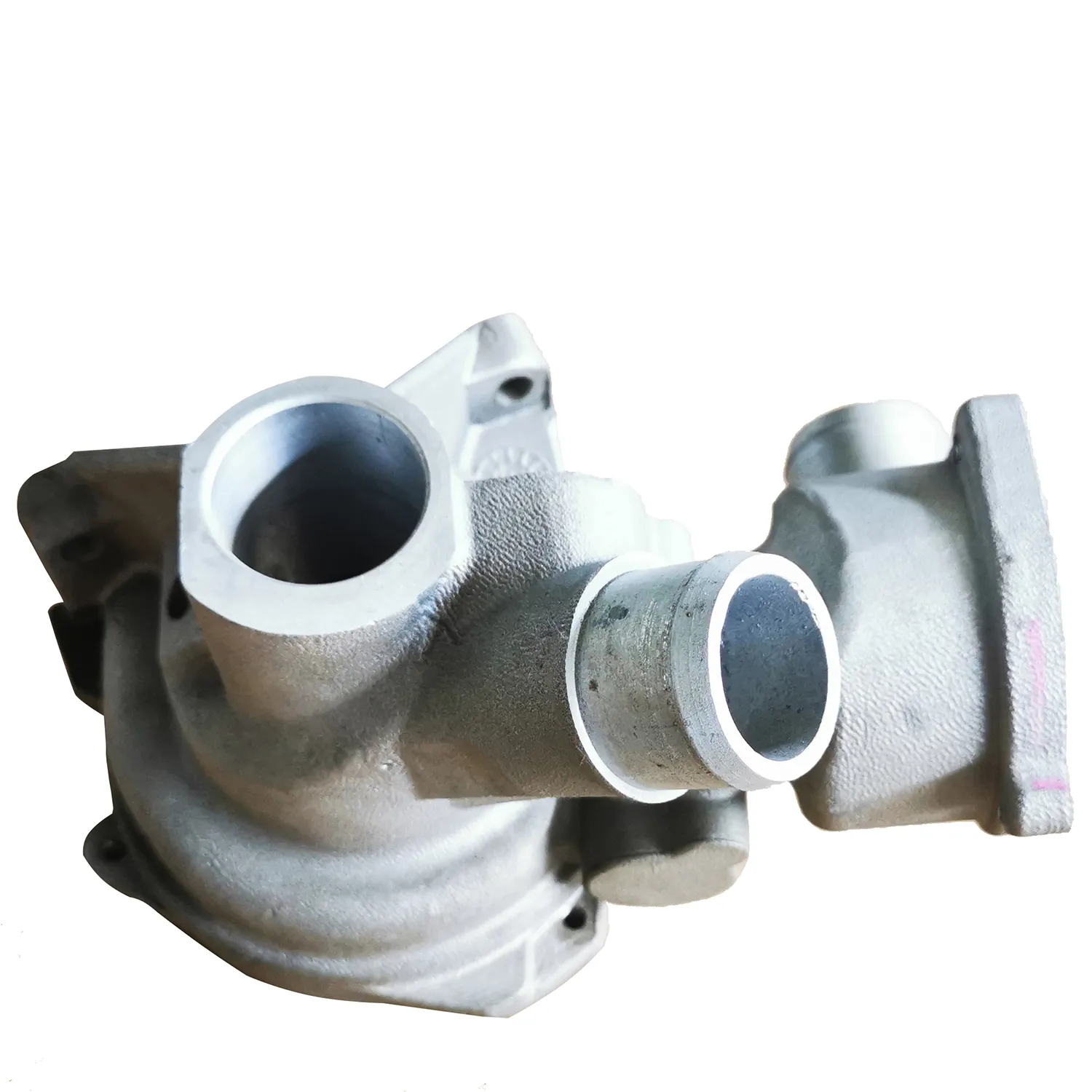Mobile:+86-311-808-126-83
Email:info@ydcastings.com
Exploring the Design and Functionality of Gearbox Housings in Modern Machinery
Understanding the Gearbox Shell Functionality, Design, and Importance
A gearbox shell plays a crucial role in the functioning of automotive and machinery gear systems. The gearbox, a mechanical device that transmits power from an engine to the wheels, utilizes various components to control the speed, torque, and direction of motion. At the heart of this system lies the gearbox shell, which houses and protects these components. In this article, we will delve into the definition, design features, functionalities, and significance of gearbox shells in mechanical systems.
What is a Gearbox Shell?
A gearbox shell, often referred to as the gearbox casing or housing, is the outer structure that encases the internal components of a gearbox. It is typically composed of robust materials such as aluminum, steel, or high-strength polymers designed to withstand the mechanical forces and environmental conditions encountered during operation. The gearbox shell is essential for maintaining the integrity of the internal components, providing both physical protection and a mounting point for various parts such as gears, bearings, and the drive system.
Design Features of Gearbox Shells
1. Material Selection The choice of material for the gearbox shell is critical. Materials like aluminum offer a lightweight solution with good strength-to-weight ratios, while steel provides superior durability. The selection depends on the application, performance requirements, and manufacturing considerations.
2. Structural Integrity Gearbox shells are designed to withstand high levels of stress and torque. The design must account for the forces transmitted during operation, ensuring that the casing does not warp or break under pressure.
3. Thermal Management Gearboxes generate heat during operation. Effective thermal management is essential to prevent overheating, which can lead to component failure. Many gearbox shells feature cooling fins or an integrated cooling design to dissipate heat efficiently.
4. Sealing and Protection A well-designed gearbox shell provides adequate sealing to prevent the ingress of dirt, moisture, and contaminants, which could impair the functionality of the internal components. Gaskets and seals are commonly employed for this purpose.
5. Mounting Points Gearbox shells often include designated mounting points for attaching to the engine or machinery frame. Proper alignment and stability are crucial for optimal performance.
Functionality of the Gearbox Shell
The primary functions of a gearbox shell include
gearbox shell

- Containment The shell acts as a protective container for the gears, bearings, and other internal mechanisms, safeguarding them from external elements and physical damage.
- Support and Alignment It provides structural support for the gears and ensures they are properly aligned, which is essential for efficient power transmission and to minimize wear.
- Noise Isolation Gear systems can produce a significant amount of noise during operation. A well-constructed gearbox shell helps dampen this noise, contributing to a quieter working environment.
- Vibration Dampening The gearbox shell absorbs vibrations generated during operation, which can enhance the overall performance and longevity of the gearbox.
Importance of Gearbox Shells
The significance of a gearbox shell extends beyond merely housing components; it plays a vital role in the overall performance and reliability of gear systems. A high-quality shell can lead to several benefits
- Enhanced Durability A robust gearbox shell can extend the life of the gearbox by protecting internal components from wear and tear.
- Improved Performance Proper containment and alignment foster efficient power transmission, ultimately improving the performance of the entire system.
- Cost Efficiency Investing in a well-designed gearbox shell can reduce maintenance costs and downtime, leading to more reliable operation over the lifespan of the machine.
- Safety A strong and reliable gearbox shell minimizes the risk of component failure that could lead to hazardous situations, ensuring safer operation in automotive and industrial applications.
In conclusion, the gearbox shell is an integral part of gear systems that encompasses various functionalities essential for the effective performance of machinery. Its design and material choices directly impact the durability, efficiency, and safety of the system. Understanding the significance of the gearbox shell can help manufacturers and engineers optimize their designs and ensure the reliability of their products.
-
Why Should You Invest in Superior Pump Castings for Your Equipment?NewsJun.09,2025
-
Unlock Performance Potential with Stainless Impellers and Aluminum End CapsNewsJun.09,2025
-
Revolutionize Your Machinery with Superior Cast Iron and Aluminum ComponentsNewsJun.09,2025
-
Revolutionize Fluid Dynamics with Premium Pump ComponentsNewsJun.09,2025
-
Optimizing Industrial Systems with Essential Valve ComponentsNewsJun.09,2025
-
Elevate Grid Efficiency with High-Precision Power CastingsNewsJun.09,2025











